The Importance of Diet After Teeth Whitening
Undergoing teeth whitening is a significant investment in your smile, but the results aren’t permanent. Your dietary choices immediately following the procedure play a crucial role in preserving your newly brightened teeth. The enamel, after whitening, is more porous and susceptible to staining. Thus, what you eat and drink can either protect your investment or quickly reverse it. Making the right food choices is key to maximizing the longevity of your brighter, whiter smile. It’s not just about avoiding certain foods; it’s also about embracing those that support the whitening process. This means understanding the science behind stains, the foods that contribute to them, and the alternatives that can help you maintain a dazzling smile.
Why Diet Matters After Teeth Whitening
After teeth whitening, your enamel’s pores are open, making your teeth highly vulnerable to staining agents. This is where diet becomes your first line of defense. Foods and drinks containing strong pigments can easily penetrate these pores, leading to discoloration. This is especially true in the first few days after the treatment when your teeth are most sensitive. A carefully chosen diet minimizes the introduction of these staining agents and allows the whitening treatment to fully set in. The goal is to let your teeth recover and re-mineralize, which strengthens the enamel and reduces its porosity. Following a proper diet is not just a temporary measure; it’s a critical component of the overall teeth whitening aftercare plan that ensures long-lasting results and a healthy, radiant smile. The foods and drinks consumed during this recovery period directly impact the final outcome and the time your teeth remain bright.
Foods to Avoid After Teeth Whitening
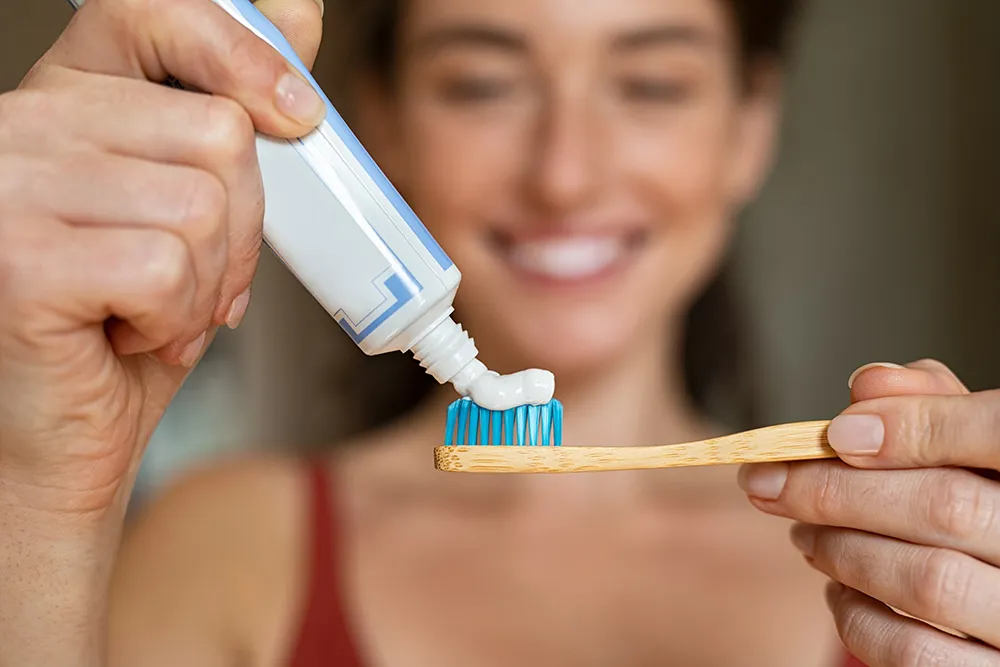
To protect your newly whitened teeth, certain foods and drinks should be avoided immediately after the procedure, typically for the first 24 to 48 hours, or as advised by your dentist. This is the period when teeth are most vulnerable to staining. These are foods and drinks known for their high pigment content, which can easily seep into the enamel and cause discoloration. Avoiding these items is essential to prevent undoing the whitening treatment. It’s a temporary sacrifice, but the rewards are a much brighter and longer-lasting smile. Being mindful of your diet during this recovery time is an act of preservation that ensures the teeth whitening treatment is successful and gives the best possible outcome.
Coffee and Tea
Coffee and tea, particularly black tea, are notorious for staining teeth due to their intense color and high tannin content. Tannins are compounds that bind to the enamel and cause discoloration. The dark pigmentation of coffee and tea can quickly seep into the porous enamel post-whitening, leading to stains. Even herbal teas, though sometimes lighter in color, can still contain pigments that may impact your results. It is recommended to avoid coffee and tea completely during the initial recovery period. If you absolutely need caffeine, consider clear options like clear soda or a small amount of a very light-colored herbal tea, but always with caution.
Red Wine
Red wine is another significant culprit when it comes to staining teeth. The deep red color, derived from grape skins, contains strong pigments that easily attach to enamel. Furthermore, the acidity in red wine can erode the enamel, making teeth more susceptible to staining. Even a small amount of red wine can cause noticeable discoloration shortly after teeth whitening. To protect your investment, it’s best to avoid red wine entirely. If you are craving an alcoholic beverage, a clear alcohol like vodka or gin might be a better choice, but always consume in moderation and ideally with clear mixers.
Dark-Colored Sodas and Juices
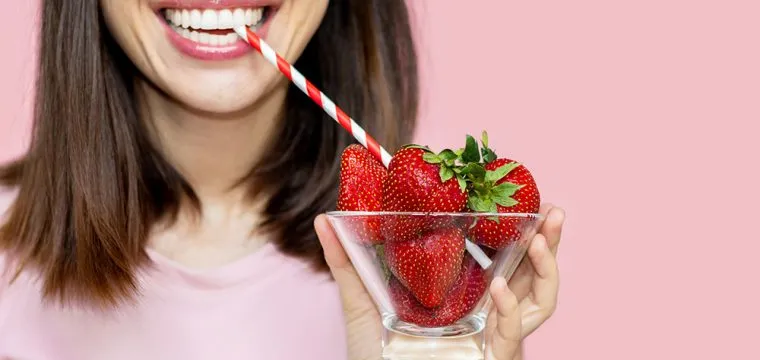
Dark-colored sodas and juices are high in both pigments and acidity, making them a double threat to your newly whitened teeth. These beverages contain artificial colors and natural pigments that can stain the enamel, while their high acidity levels can erode it, making your teeth even more vulnerable. Drinks like cola, dark fruit juices (grape, cranberry, and others), and even some artificially colored sports drinks should be avoided. Opting for clear or light-colored alternatives, such as water, clear soda, or diluted clear juices, can help minimize the risk of staining and keep your smile bright.
Foods That Can Stain Your Teeth
Beyond the major culprits like coffee, tea, and red wine, many other foods can stain your teeth. These include berries (especially blueberries, blackberries, and raspberries), soy sauce, balsamic vinegar, and curries. These foods contain intense pigments that can discolor teeth, especially when enamel is more porous. While complete avoidance is not always practical, it is advisable to limit your intake of these items immediately after whitening. If you consume them, rinse your mouth with water immediately afterward to help prevent staining. Awareness of these everyday foods and their potential impact can help you make smarter choices to preserve your bright smile.
Foods to Embrace After Teeth Whitening
While certain foods should be avoided, many options can help you maintain your newly whitened teeth. Focus on a diet that is gentle on your teeth and helps protect the whitening treatment. This includes foods that are typically light-colored or clear and those that are high in calcium. Planning your meals around these options will help ensure that your bright smile lasts longer. Eating the right foods not only prevents staining but also supports overall oral health, ensuring that your teeth remain strong and healthy. This section will highlight the foods that contribute to a successful recovery and help you get the most out of your teeth whitening procedure.
White or Clear Foods
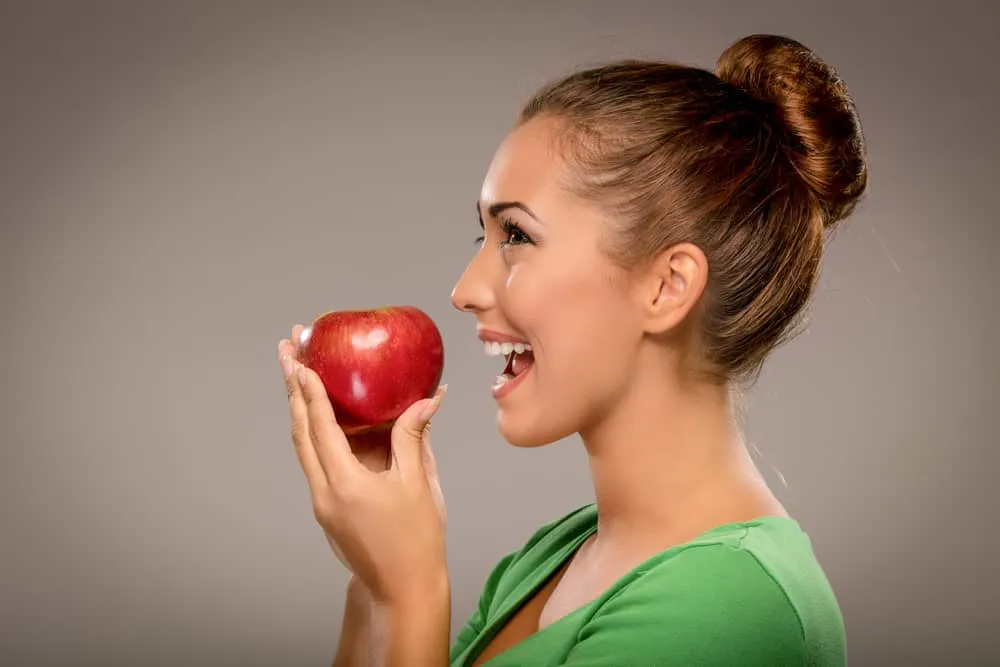
When choosing foods after teeth whitening, prioritize white or clear options to minimize staining. Think of it as a “white diet” or a “clear diet.” These foods are less likely to contain the pigments that can adhere to your enamel and cause discoloration. Examples include white rice, pasta (without dark sauces), white bread, and plain chicken or turkey. You can also consider clear broths, cauliflower, and tofu. Sticking to these foods for the first few days is a practical way to protect your teeth. The main goal is to keep your teeth away from dark pigments during the most vulnerable period after whitening.
Dairy Products
Dairy products, such as milk, yogurt, and cheese, can be beneficial after teeth whitening. They are rich in calcium, which is crucial for strengthening and remineralizing your enamel. Calcium helps rebuild the enamel, making your teeth less porous and less susceptible to staining. The proteins in dairy can also create a protective barrier on your teeth, preventing stains from adhering. Including dairy in your diet is an excellent way to support your overall oral health. It allows you to enjoy a wider range of food choices sooner rather than later. Opt for plain or white varieties of dairy products to avoid any added colors or sugars that could be detrimental.
Chicken and Turkey
Lean proteins like chicken and turkey are safe options after teeth whitening because they contain no strong pigments that can stain the teeth. They are light-colored and do not pose a risk to the whitening results. Ensure that the chicken and turkey are prepared in a way that avoids dark sauces or marinades, such as grilling or baking. The key is to keep the food as plain as possible. These proteins will also help you feel full and satisfied, preventing you from reaching for potentially staining snacks or other foods. They provide essential nutrients that are good for overall health and well-being.
Pasta
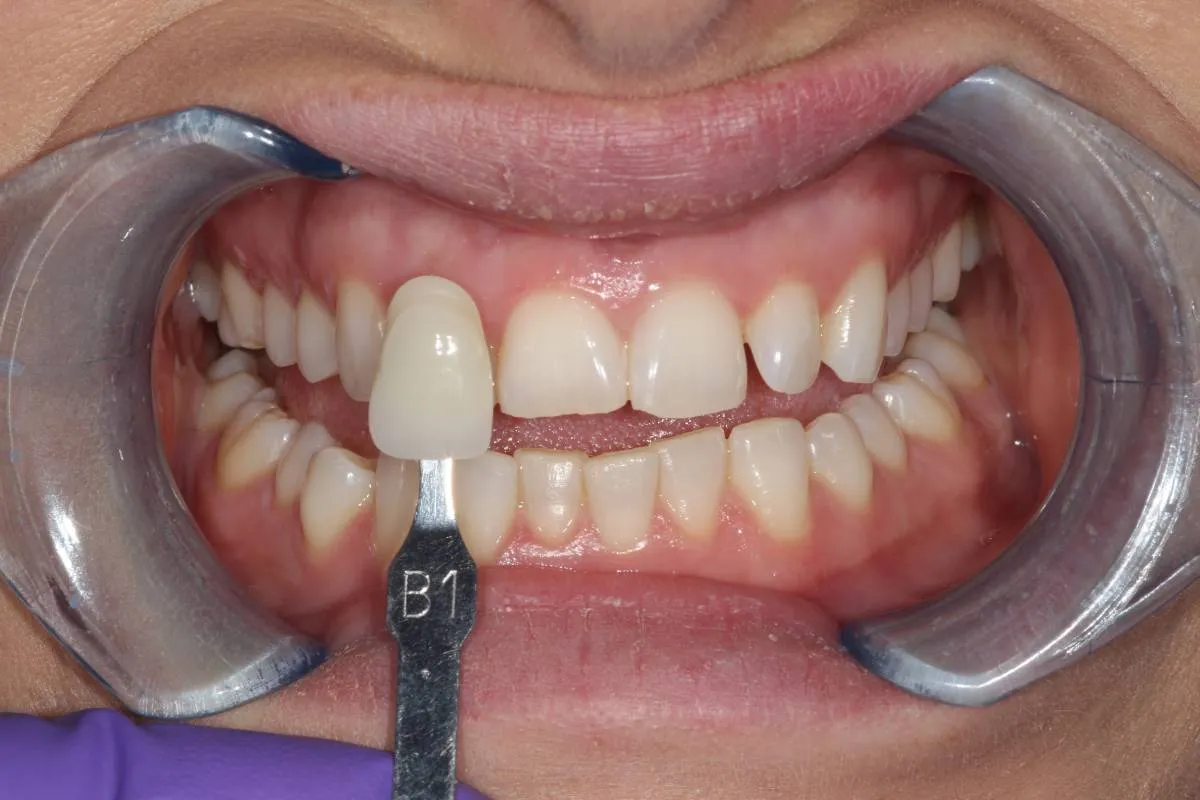
Plain pasta, without any dark or pigmented sauces, is a safe and filling option after teeth whitening. The pasta itself is light-colored and doesn’t contain staining pigments. However, it’s essential to be cautious about what you add to it. Avoid tomato-based sauces, pesto (which can contain ingredients with strong colors), and other dark sauces. Instead, opt for white sauces, such as Alfredo, or prepare the pasta with a light olive oil and herbs. This will give you a satisfying meal that is gentle on your newly whitened teeth.
White Rice
White rice is an excellent carbohydrate choice after teeth whitening, as it is light in color and does not typically cause staining. White rice provides energy without the risk of pigments that can discolor your teeth. Similar to pasta, be mindful of what you pair with the rice. Avoid dark sauces or ingredients that could potentially stain your teeth. Preparing the rice simply with some salt and a touch of butter is a safe and satisfying choice. White rice is a versatile food that can be combined with various other safe options, making it a great addition to your post-whitening diet.
Bananas
Bananas are a safe and convenient snack option after teeth whitening. They are light in color and do not usually cause staining. They provide essential nutrients and are easy to eat, making them a great choice when you are limited in food choices. Bananas are also soft, which means they do not require a lot of chewing, making them a good option for teeth that might be sensitive. They’re a simple and satisfying snack that can help you stick to your post-whitening diet without feeling deprived.
Foods That Support Oral Health

Beyond avoiding staining agents, some foods actively support oral health and can complement your teeth whitening efforts. These foods are often rich in nutrients that promote strong enamel, reduce plaque buildup, and help keep your mouth healthy. Including these options in your diet will enhance your teeth whitening results and contribute to a healthier, brighter smile long-term. This proactive approach to food choices demonstrates a commitment to overall oral hygiene. It also ensures that your efforts in teeth whitening are enhanced by your dietary habits. It will also lead to improved health of your teeth and gums.
The Role of Hydration
Staying hydrated is crucial for oral health, especially after teeth whitening. Water helps rinse away food particles and bacteria, preventing stains and promoting a healthy mouth environment. Dehydration can reduce saliva production, which is essential for neutralizing acids and protecting your teeth from decay. Drinking plenty of water also helps keep your gums healthy and supports overall health. Making water your primary beverage choice is the best way to support your teeth whitening efforts. By staying hydrated, you create an environment where your bright smile is more likely to thrive.
Water’s Benefits
Water offers several benefits in maintaining oral health after teeth whitening. It acts as a natural cleanser, washing away food debris and preventing staining. The flow of saliva is essential for re-mineralizing the enamel, and staying hydrated supports this natural process. Water also helps balance the pH level in your mouth, protecting your teeth from acid erosion. The habit of sipping water throughout the day is an easy way to maintain a healthy and vibrant smile. It supports both your teeth whitening results and overall oral health. It’s a simple yet effective way to protect your investment in teeth whitening and ensure a lasting, brilliant smile.
Understanding Oral Hygiene After Whitening
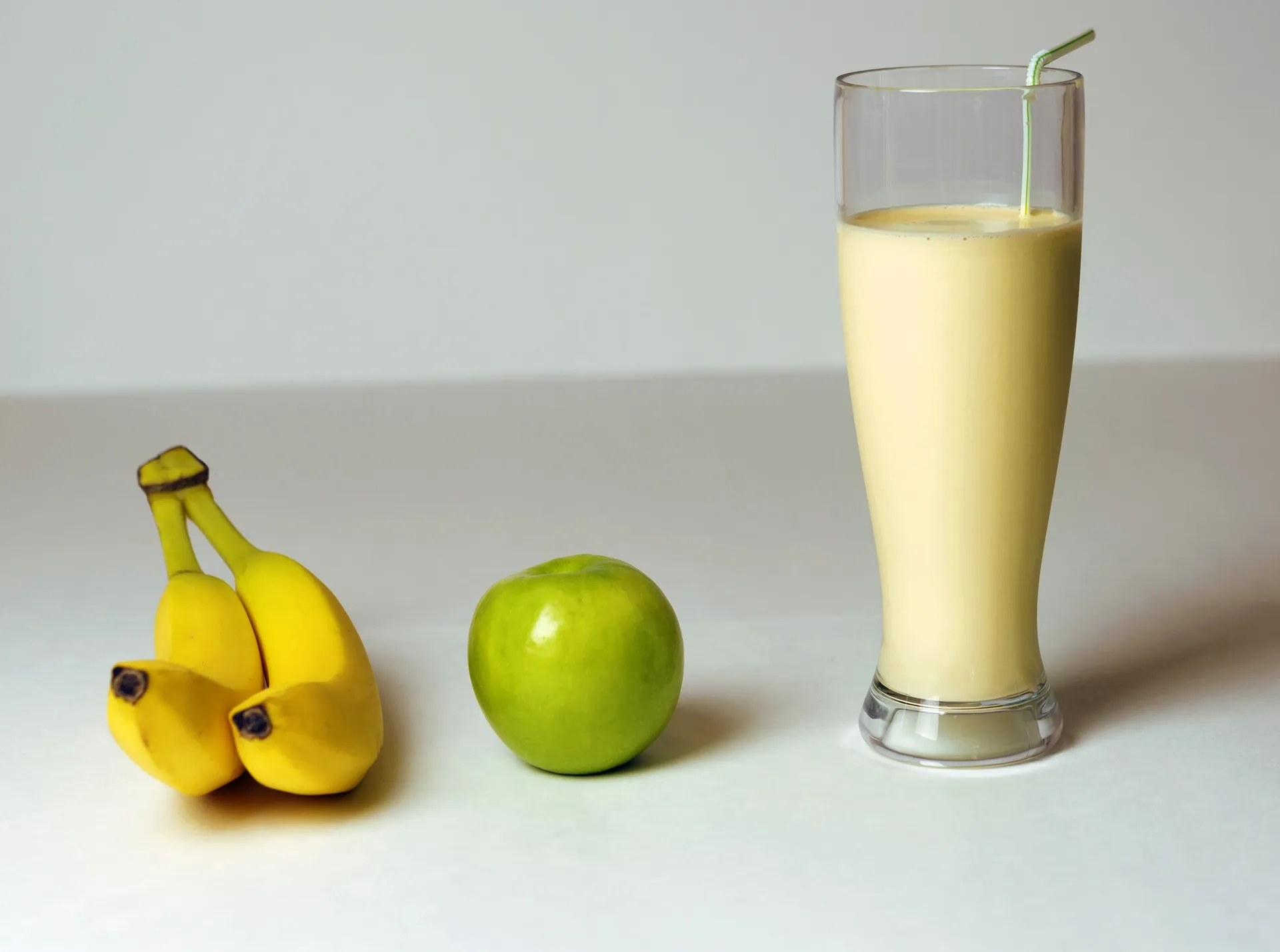
Following teeth whitening, proper oral hygiene is non-negotiable. This includes gentle brushing, flossing, and using a straw to protect your newly whitened teeth. These practices are designed to remove food particles, reduce staining, and promote a healthy mouth environment. Maintaining these habits will help you maintain your brighter smile. They ensure that your teeth remain healthy and that your whitening results last as long as possible. These steps are as crucial as your dietary choices and can significantly impact your overall satisfaction with the teeth whitening procedure.
Brushing and Flossing Guidelines
Brushing and flossing are essential parts of oral hygiene. After teeth whitening, brush gently with a soft-bristled toothbrush and a toothpaste designed for sensitive teeth. This helps to prevent any abrasion of the enamel. Flossing daily removes food particles and plaque from between your teeth. Be gentle to avoid irritating your gums, and always use a smooth motion. Brushing and flossing regularly keep your mouth clean and support your bright smile. It is important not to brush or floss too aggressively, as this can damage the enamel. These steps will keep your teeth clean and healthy.
Using a Straw
Using a straw is a simple but effective way to protect your teeth from staining beverages. When drinking dark-colored beverages, the straw helps to direct the liquid away from your teeth, minimizing contact with the enamel. This can significantly reduce the risk of staining. This is especially important in the days following teeth whitening when your enamel is more porous. Using a straw is an easy habit to adopt, and it will help you enjoy your favorite drinks without risking your bright smile. It’s a practical tip that works well with your overall aftercare plan.
